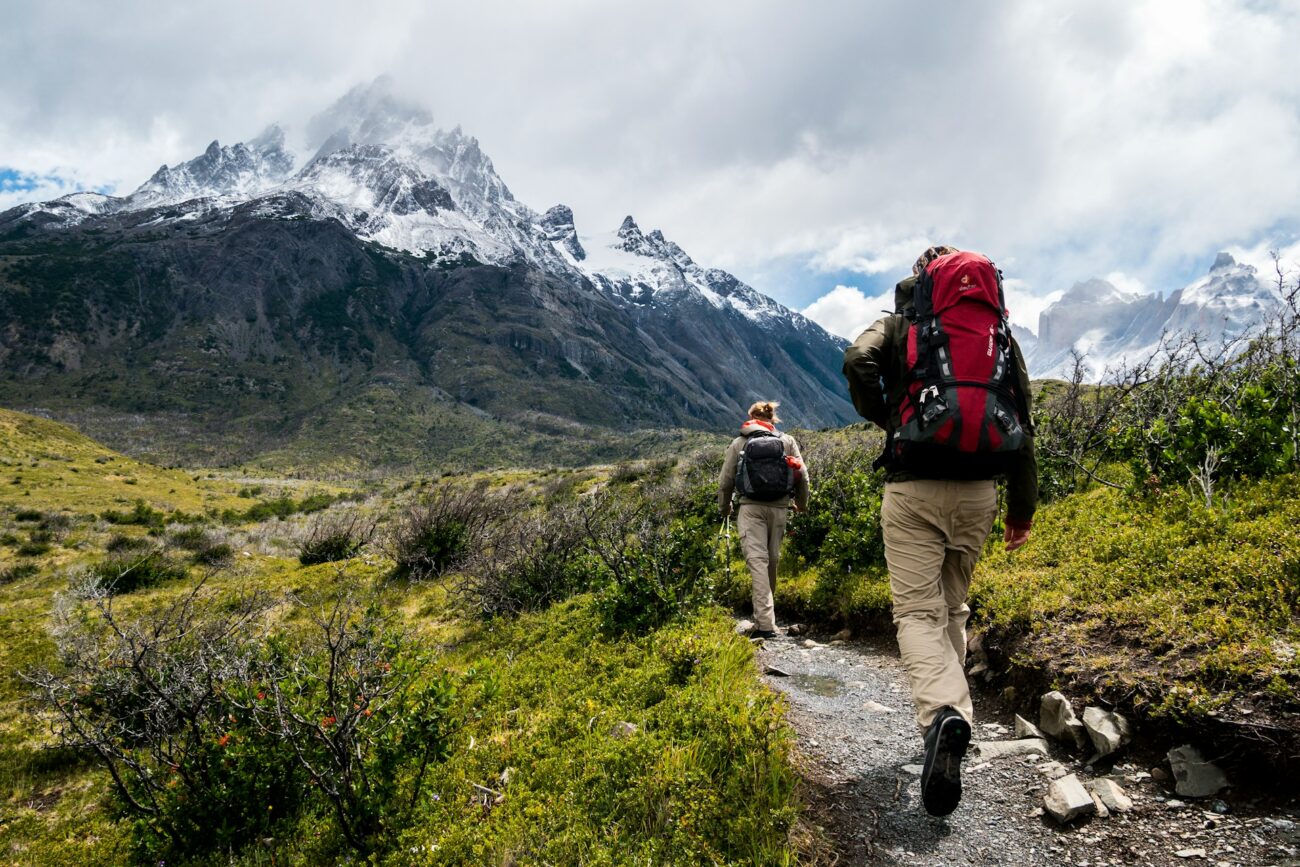Venturing into the realm of high-altitude trekking opens up a world of breathtaking vistas, challenging terrain, and profound personal accomplishment. However, trekking above 12,000 feet (3,658 meters) presents unique challenges that require careful preparation, both physical and mental. At these elevations, the air contains significantly less oxygen, temperatures can fluctuate dramatically, and your body faces stresses unlike those experienced at lower altitudes. Whether you’re planning to tackle famous high-altitude routes like those in the Himalayas, Andes, or even sections of the Colorado Trail, proper preparation can mean the difference between an unforgettable adventure and a miserable—or even dangerous—experience. This comprehensive guide will walk you through everything you need to know to prepare safely and effectively for your high-altitude trek.
Understanding High Altitude and Its Effects on the Body
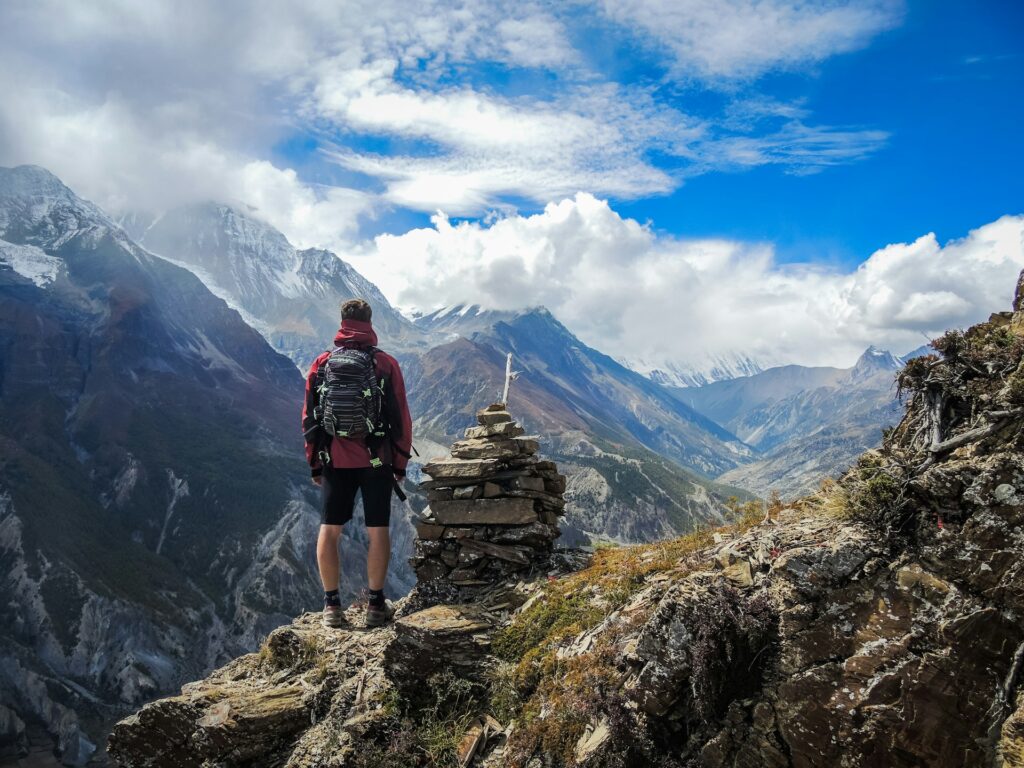
At elevations above 12,000 feet, the atmospheric pressure decreases, meaning each breath you take contains fewer oxygen molecules than at sea level. This reduction in oxygen availability, known as hypoxia, forces your body to work harder to maintain normal oxygen levels in your blood and tissues. Your respiratory rate increases, your heart pumps faster, and your body begins producing more red blood cells to maximize oxygen-carrying capacity. These physiological changes can manifest as altitude sickness, which ranges from mild (headache, nausea, fatigue) to severe and potentially life-threatening conditions like High Altitude Pulmonary Edema (HAPE) or High Altitude Cerebral Edema (HACE). Understanding these effects is crucial because proper acclimatization—the process of allowing your body to adjust gradually to altitude—is perhaps the most important factor in a successful high-altitude trek.
Physical Conditioning: Building Your High-Altitude Fitness
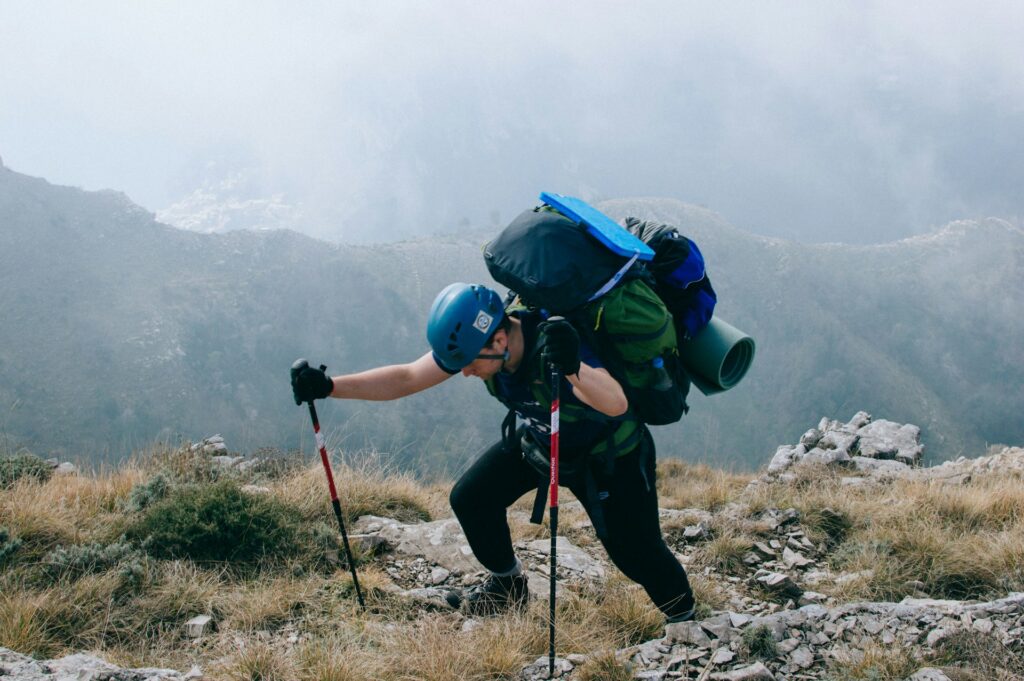
Preparing your body for high-altitude trekking should begin at least three to six months before your departure date. Focus on building both cardiovascular endurance and strength through a combination of aerobic exercise (running, cycling, swimming) and strength training, particularly for your legs and core. Aim for at least four cardio sessions per week, gradually increasing duration and intensity, with longer sessions (2-3 hours) once weekly to build stamina. Incorporate hill training or stair climbing while wearing a weighted backpack to simulate trekking conditions. Strength training should include exercises like squats, lunges, step-ups, and planks to build the muscles you’ll rely on most. Remember that even extremely fit individuals can struggle at high altitude, but being in excellent physical condition will make the experience more enjoyable and reduce your risk of injury.
Acclimatization Strategies for Success
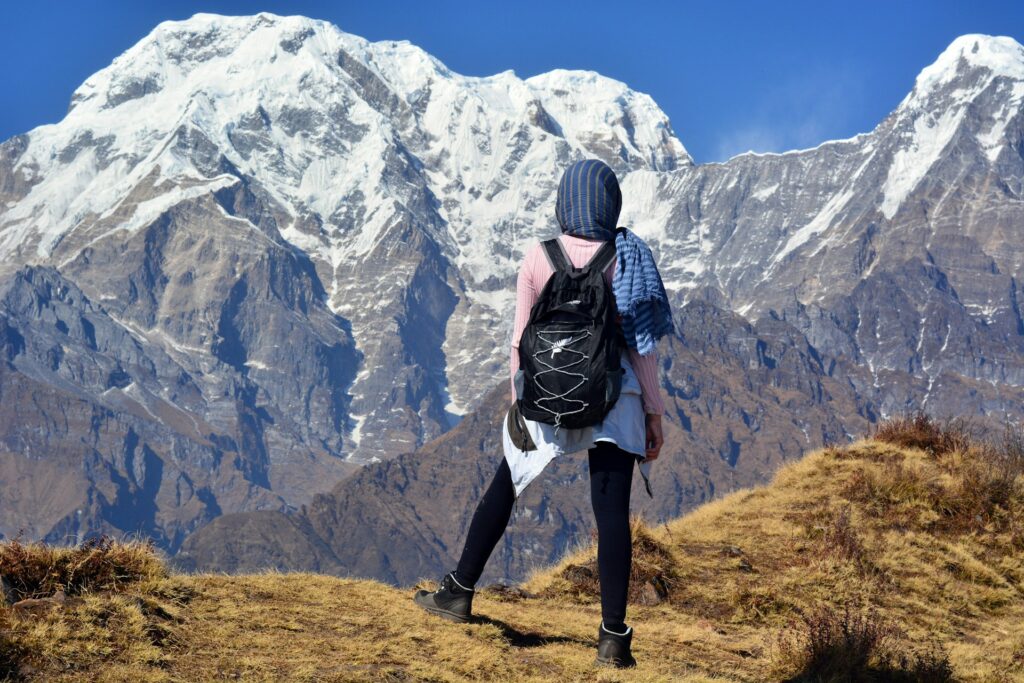
Proper acclimatization is non-negotiable for treks above 12,000 feet and requires thoughtful planning of your route and itinerary. The golden rule is “climb high, sleep low,” meaning you should gain altitude gradually during the day but descend slightly to sleep at night. Plan to ascend no more than 1,000-1,500 feet (300-450 meters) per day once above 10,000 feet, with a rest day (staying at the same elevation) every 3,000 feet of gain. Build acclimatization days into your itinerary—these aren’t simply rest days but opportunities for your body to adjust to the current altitude before pushing higher. Consider planning a pre-trek stay at a moderate altitude destination for several days before beginning your main trek. For example, spending 2-3 days in a city like Cusco (11,152 feet) before hiking the Inca Trail can significantly improve your acclimatization.
Essential Gear for High-Altitude Trekking
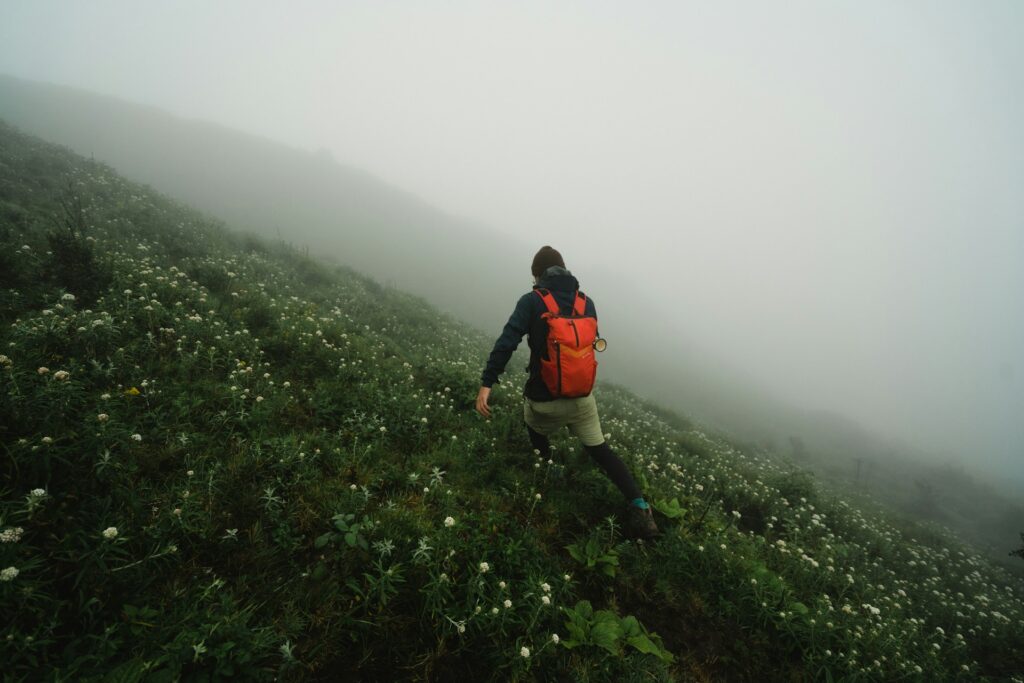
High-altitude environments demand specialized gear that can handle extreme conditions while remaining lightweight. Invest in a quality four-season sleeping bag rated for temperatures at least 10°F lower than the coldest temperatures you expect to encounter, as temperatures drop dramatically at night at high elevations. Layer your clothing system with moisture-wicking base layers, insulating mid-layers (down or synthetic), and waterproof/windproof outer layers that allow you to adjust to rapidly changing conditions. Your footwear should provide ankle support and have aggressive tread for varied terrain, while being well broken-in before your trek. Don’t forget critical accessories: a headlamp with spare batteries, sun protection (high SPF sunscreen, lip balm, sunglasses with UV protection, and a wide-brimmed hat), trekking poles to reduce strain on knees, and a water purification system. Every piece of gear should be tested before your trip to ensure familiarity and proper function when you need it most.
Nutrition and Hydration at High Altitude

Your nutritional needs increase significantly at high altitude, with caloric requirements potentially rising 30-50% above normal due to increased metabolic demands. Plan a diet rich in carbohydrates (around 70% of your calories), which are more efficient to metabolize in low-oxygen environments than proteins or fats. Prepare for appetite suppression, a common effect of altitude, by packing calorie-dense foods that appeal to you even when you don’t feel hungry. Proper hydration becomes even more critical at altitude, where increased respiratory rate and typically dry air accelerate fluid loss; aim to drink at least 4-5 liters of water daily, regardless of thirst. Electrolyte replacement is equally important, so include electrolyte tablets or powders in your supplies. Consider reducing or eliminating alcohol consumption before and during your trek, as it can worsen dehydration and symptoms of altitude sickness.
Medications and First Aid for High Altitudes
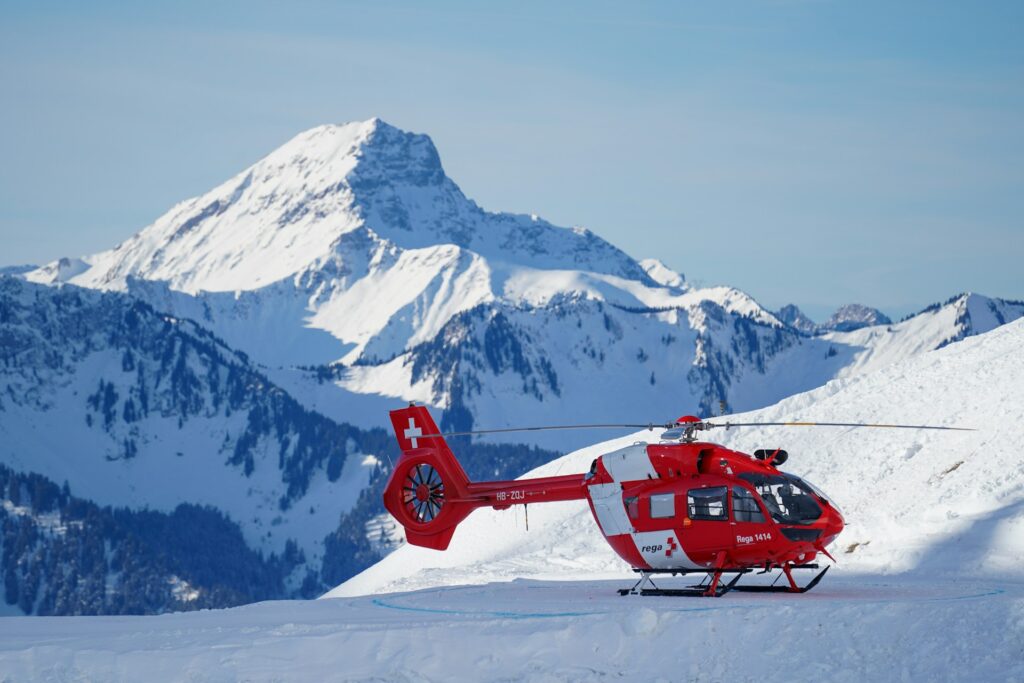
Consult with a travel medicine specialist or physician familiar with high-altitude medicine before your trek to discuss appropriate medications. Acetazolamide (Diamox) is commonly prescribed to help prevent and treat altitude sickness by accelerating acclimatization, typically started 24 hours before ascending above 10,000 feet. Your high-altitude first aid kit should include standard supplies plus altitude-specific medications like dexamethasone for emergencies, pain relievers, anti-nausea medication, and antibiotics for traveler’s diarrhea. Learn to recognize the symptoms of serious altitude illnesses: HAPE (persistent dry cough, difficulty breathing even at rest, gurgling sounds in the chest) and HACE (severe headache unrelieved by medication, confusion, lack of coordination). Remember that the only definitive treatment for serious altitude illness is immediate descent, so be prepared to abort your trek if necessary—no mountain view is worth your life.
Mental Preparation and Expectation Management
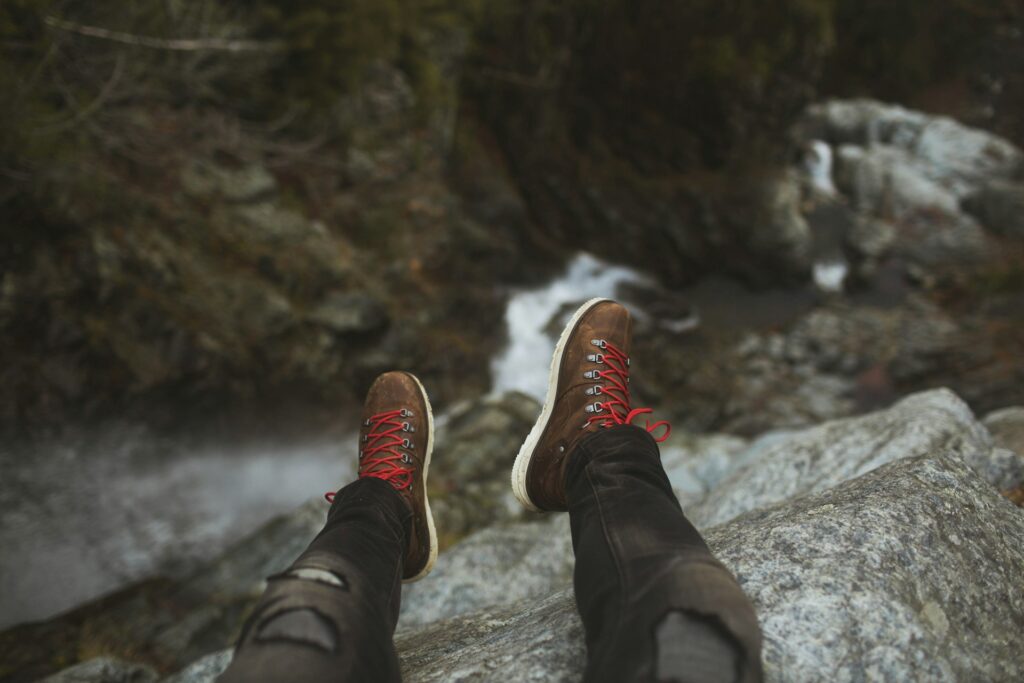
The psychological challenges of high-altitude trekking can be as significant as the physical ones, requiring deliberate mental preparation. Research your route thoroughly, studying not just the technical aspects but also reading personal accounts from other trekkers to develop realistic expectations. Practice mindfulness and breathing techniques before your trip, which can help manage the anxiety that sometimes accompanies breathing difficulties at altitude. Prepare mentally for discomfort—cold nights, basic accommodations, physical fatigue—and develop strategies for maintaining a positive mindset when challenges arise. Remember that at high altitude, even simple tasks require more effort and time; adjust your expectations accordingly and celebrate small victories. Develop a personal mantra or visualization technique that you can use during difficult sections of the trek to maintain focus and motivation.
Training at Altitude: Is It Necessary?
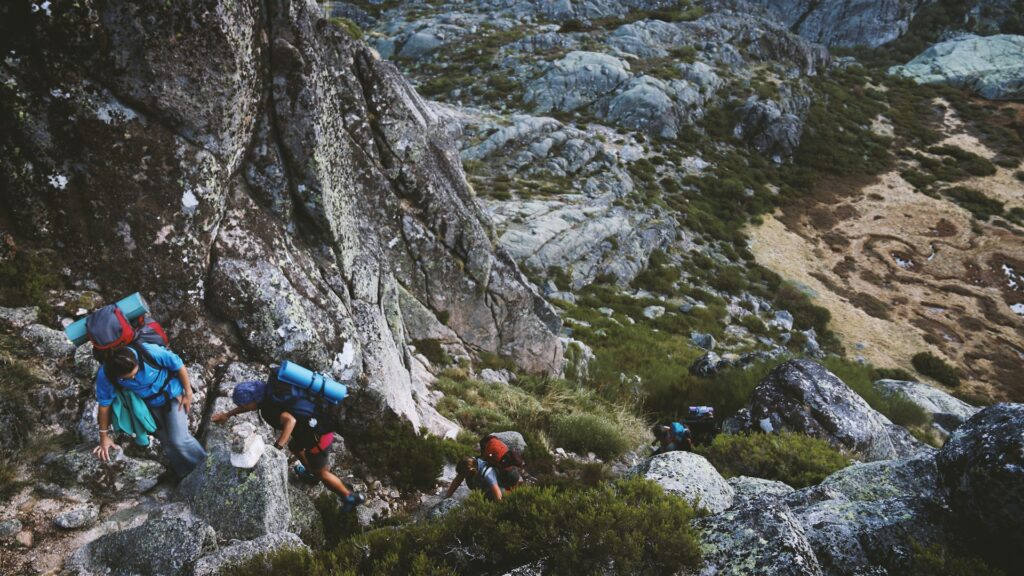
While living or training at altitude before your trek would be ideal for physiological adaptation, it’s not practical for most people. If possible, plan weekend trips to higher elevations (even 8,000-10,000 feet) in the months before your trek to gain experience with how your body responds to altitude. For those without access to mountains, some specialized facilities offer simulated altitude training, though these can be expensive and of limited availability. Hypoxic training masks, which restrict airflow to simulate the breathing difficulty of altitude, don’t actually mimic the reduced oxygen content of high-altitude air but may help strengthen respiratory muscles. If pre-trek altitude exposure isn’t possible, focus instead on maximizing your overall fitness, planning a conservative acclimatization schedule, and learning about altitude illness prevention and treatment.
Weather Considerations and Seasonal Planning
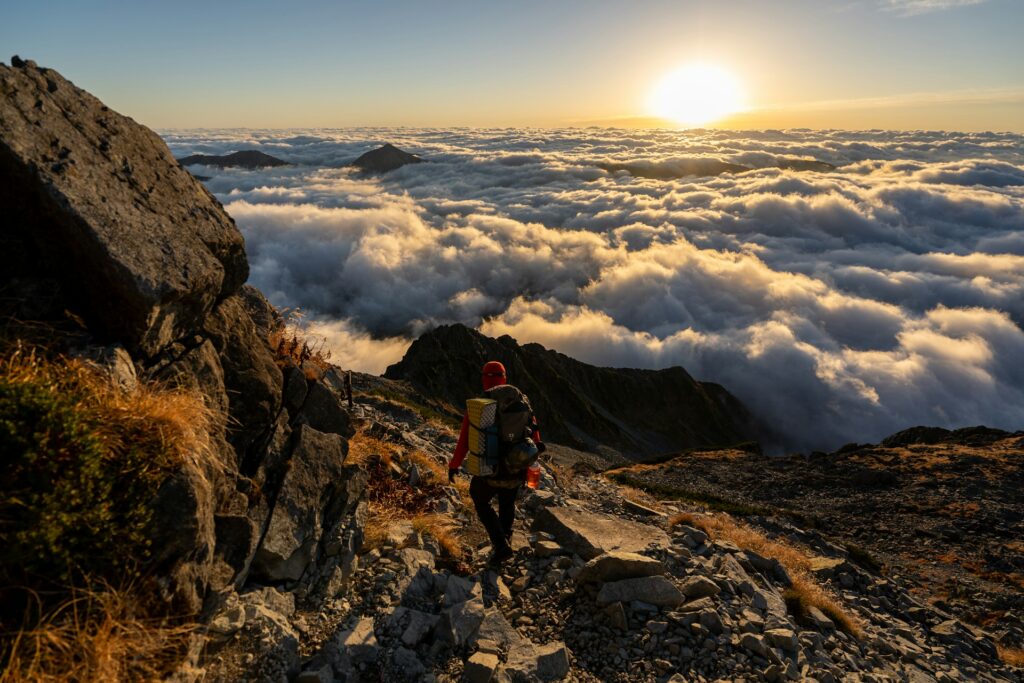
High-altitude weather can be extremely unpredictable, with conditions changing rapidly and varying dramatically between day and night. Research the typical weather patterns for your destination during your planned trekking dates, paying particular attention to precipitation, temperature ranges, and seasonal hazards like monsoons or avalanche conditions. Many high-altitude regions have distinct trekking seasons; for instance, the Everest region is best visited in pre-monsoon (March-May) or post-monsoon (September-November) periods. Be prepared for sudden storms by carrying appropriate gear and knowing how to quickly set up shelter. Develop a contingency plan for extreme weather, including potential escape routes and extra buffer days in your schedule. Check weather forecasts as close to your departure as possible, but always assume conditions may be worse than predicted.
Communication and Safety Planning
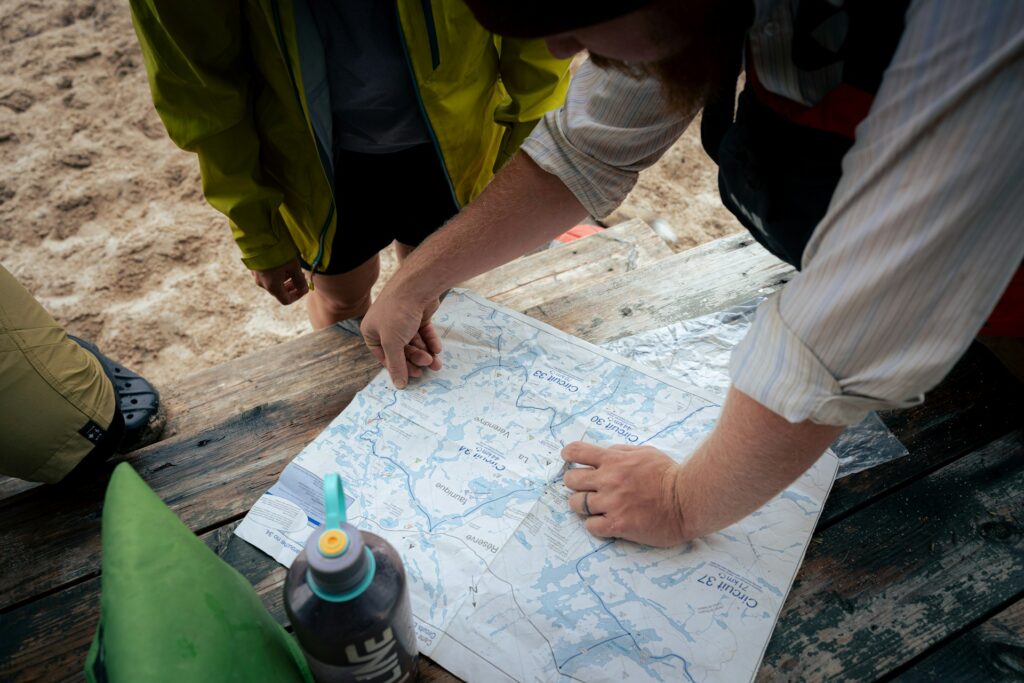
Cell service is often unreliable or nonexistent in high mountain regions, necessitating alternative communication strategies. Consider renting or purchasing a satellite communication device like a Garmin inReach or SPOT Messenger, which allows text messaging and emergency signaling from remote areas. Leave a detailed itinerary with emergency contacts at home, including expected check-in dates and instructions on what to do if you don’t check in. Research local emergency services at your destination, including how to contact mountain rescue if available. If trekking independently, consider registering with your country’s embassy or consulate in the destination country. Create an emergency action plan with your trekking partners, discussing in advance how you’ll handle various scenarios such as injury, severe illness, or separation from the group.
Guide or Solo: Making the Right Choice
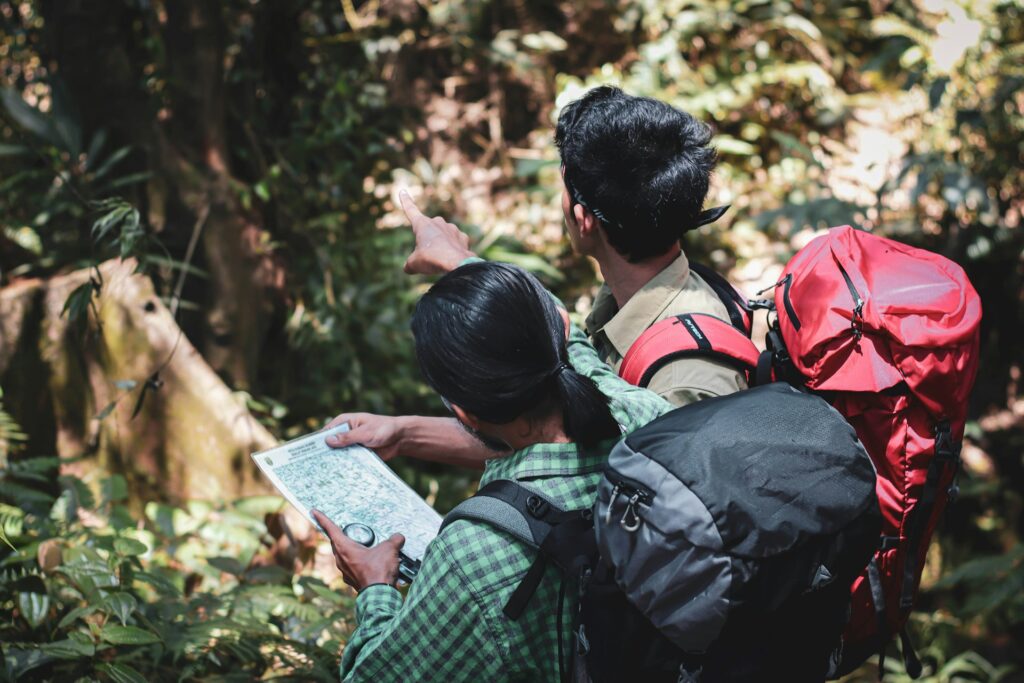
For most people attempting their first trek above 12,000 feet, hiring an experienced guide or joining a guided group offers significant advantages in terms of safety and enjoyment. Local guides bring invaluable knowledge of terrain, weather patterns, and acclimatization strategies specific to the region. They can monitor your health, recognize early signs of altitude sickness, and make informed decisions about whether to continue or descend. If you choose to trek independently, be honest about your experience level and prepare accordingly with thorough research, navigation skills, and emergency training. Even experienced trekkers often hire porters or pack animals for high-altitude expeditions to conserve energy for the challenges of moving at altitude. Whatever you choose, ensure you have appropriate permits and understand local regulations regarding independent trekking in your destination.
Environmental and Cultural Considerations
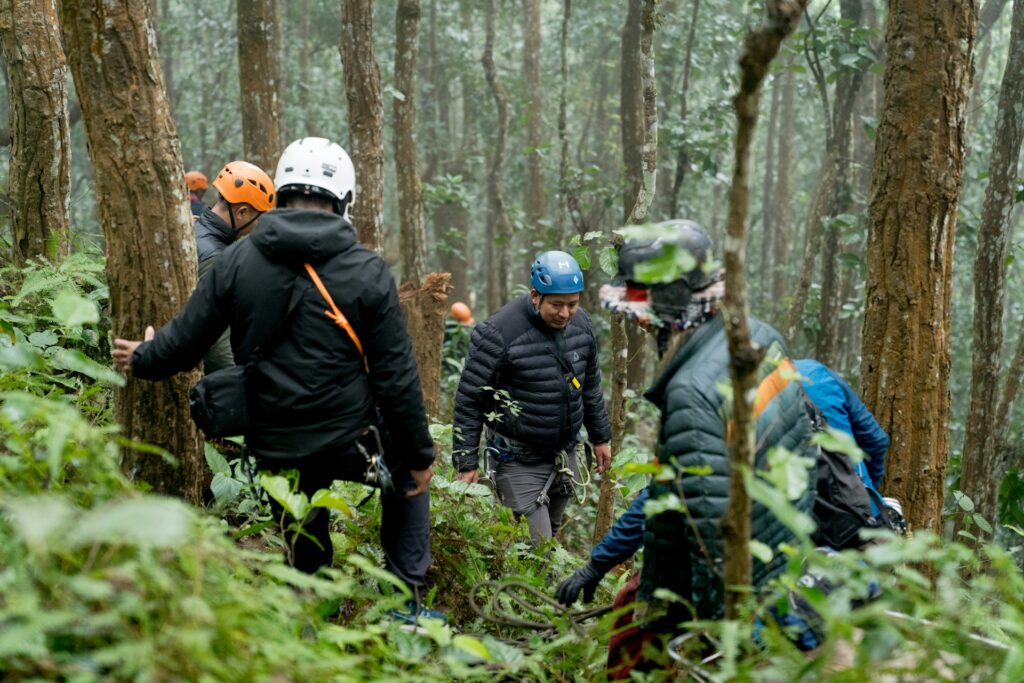
High-altitude environments are often fragile ecosystems that recover slowly from human impact, demanding responsible trekking practices. Adhere strictly to Leave No Trace principles: pack out all waste (including toilet paper), stay on established trails, and minimize campfire impacts. Many high-altitude trekking destinations are in regions with distinct cultural traditions and religious practices; research these before your trip and show appropriate respect, particularly around sacred sites. Learn a few basic phrases in the local language, which not only shows respect but can enhance your experience and provide practical assistance. Consider the economic impact of your choices by hiring local guides and porters when possible, and purchasing supplies from local communities rather than bringing everything from home. Responsible trekking ensures these magnificent places remain accessible for future generations.
Post-Trek Recovery and Reflection
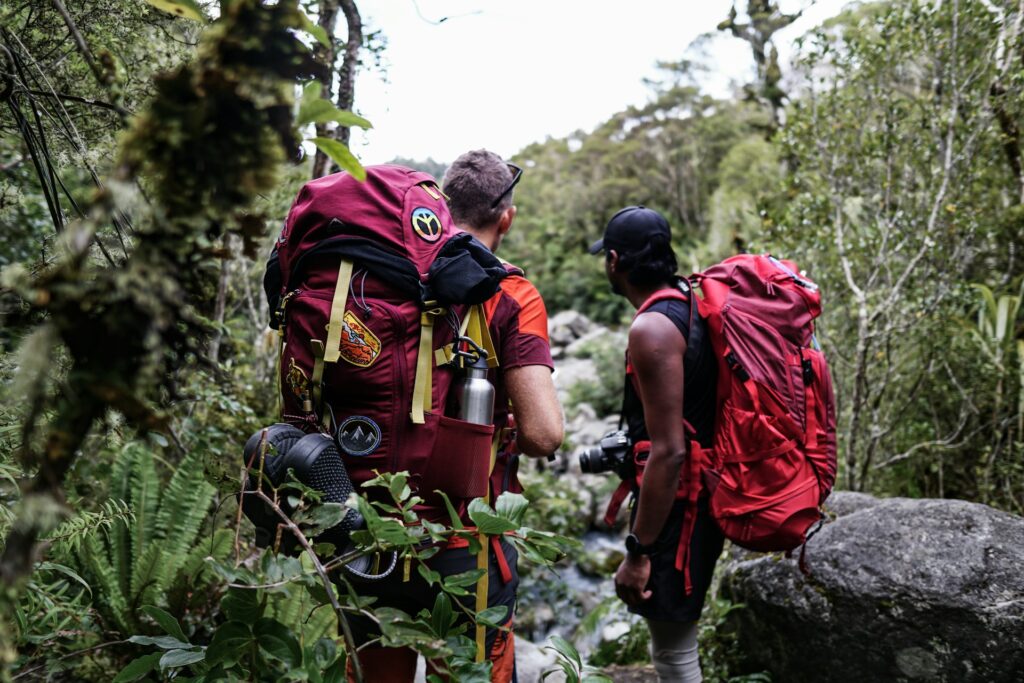
After completing your high-altitude trek, allow adequate time for physical recovery before returning to your normal routine. Your body has undergone significant stress and adaptation, and needs time to readjust; plan for at least several days of light activity before resuming intense exercise. Stay well-hydrated during your return journey, as dehydration can worsen post-trek fatigue. Process your experience through journaling, photography, or conversations with fellow trekkers, reflecting on both the challenges you overcame and the moments of beauty and achievement. Consider sending thank-you notes or reviews for guides and services that enhanced your journey. Begin planning your next adventure while the lessons from this one are fresh in your mind, noting what worked well and what you might do differently. The knowledge gained from each high-altitude experience builds a foundation for future successful expeditions.
Conclusion
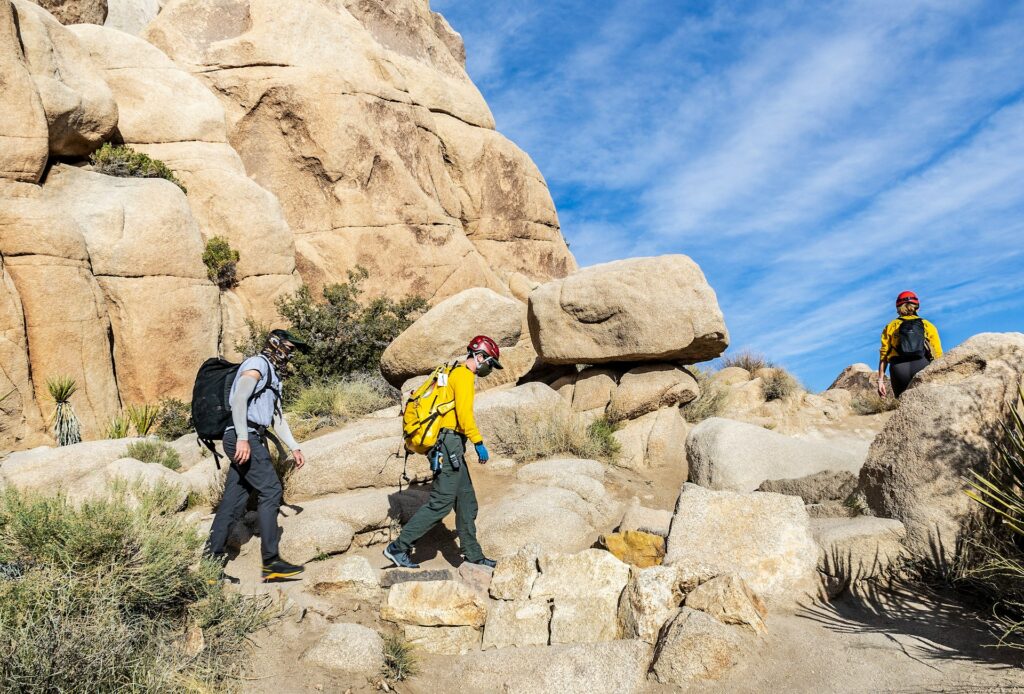
Trekking above 12,000 feet represents one of the most rewarding challenges available to outdoor enthusiasts, offering unparalleled natural beauty and profound personal growth. By approaching your high-altitude adventure with thorough preparation—physical conditioning, proper acclimatization, appropriate gear, and mental readiness—you maximize your chances of a safe and memorable experience. Remember that flexibility and humility are essential virtues in the mountains; being willing to adjust your plans based on weather, how your body responds to altitude, or other unforeseen circumstances is not a failure but a mark of wisdom. The mountains have stood for millions of years and will remain long after we’re gone—they invite us to experience their grandeur on their terms, not ours. With respect for the environment, cultural sensitivity, and proper preparation, your high-altitude trek can become not just a check mark on a bucket list, but a transformative journey that changes how you see both the natural world and yourself.

